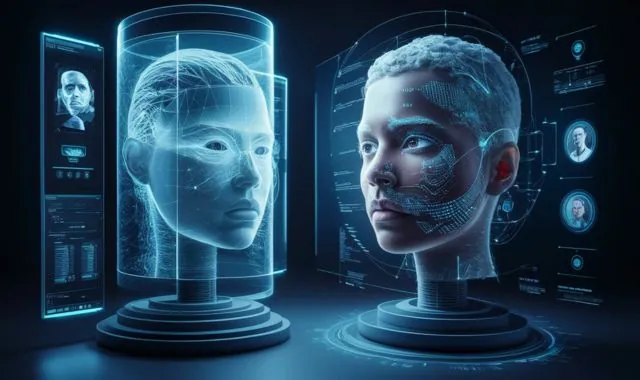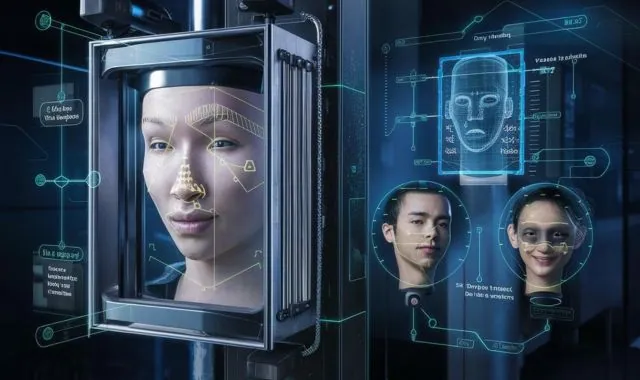Physical Address
304 North Cardinal St.
Dorchester Center, MA 02124

3D Liveness Detection technology uses AI and machine learning to verify a person’s identity by analyzing facial features and movements. This helps prevent spoofing attacks like deepfakes and protects sensitive information.

Ensuring the integrity of sensitive information and maintaining security in the digital world has become more paramount than ever, as cybercriminals use advanced technology to fulfill their nefarious maneuvers. Biometric authentication verifying users based on their distinct behavioral or physiological characteristics has played a crucial in enhancing security and accurate verification of genuine individuals. However, malicious actors have discovered ways to evade authentication systems. Here comes, liveness detection, acting as an anti-spoofing method, warding off spoofed attempts of bad actors.
3D liveness detection, an advanced security technology, integrated into the biometric authentication technology precisely confirms the liveness of the person sitting in front of the camera and proves the person is alive, not a cleverly crafted mask. This advanced technology integrated with AI algorithms & machine learning models goes beyond selfie verification and confirms the legitimacy of the claimed identity.
There are two main approaches used in online liveness detection. Both methods are used to confirm the liveness of the person, however differ in their operating mechanism.
There’s a debate on which approach is better than the other, however, it’s crucial to note that every method comes with pros and cons. In short, liveness detection collectively act as a shield against fraudulent activities and safeguard your sensitive data from being stolen.
With the alarming rate at which spoofed attacks and deepfakes are rising, liveness detection comes forth as a beacon of security, accurately authenticating users and keeping out fabricated identities.
Facial liveness detection offers fast, seamless, secure, and reliable authentication of individuals, making it harder for malicious actors to bypass authentication systems and get unauthorized access into systems.

Liveness detection for facial recognition uses advanced AI algorithms, machine learning models, motion analysis, and 3D depth sensing to authenticate the liveness of the identity. By employing texture analysis, the technology minutely analyzes details like skin texture, color, pores, or blemishes, that are hard for spoofed or mask attacks to mimic, thus flagging fabricated identities in no time.
Motion analysis, the most critical component of online liveness detection, analyzes certain movements or micro-expressions of the claimed identity and makes decisions. Smiling, blinking, or moving in certain directions are humanistic approaches, which a crafted mask can’t mimic, actively distinguishing whether the claimed identity is a genuine individual or a fake attempt. Furthermore, by deploying sophisticated machine learning models, liveness detection can monitor subtle movements in real time and recognize subtle texture differences in spoofed attacks often unobtrusive to the human eye.
3D liveness detection is extensively used in many aspects of daily life from unlocking mobile phones to accessing financial services. The technology emerges as a secure and reliable shield against the rising threats of spoofed attempts or presentation attacks. However, the new technology comes with some concerns and challenges, which can be effectively mitigated by careful implementation and maintaining a balance between security & privacy. As liveness detection technology continues to make progress, many astonishing applications are forecasted in the coming years.